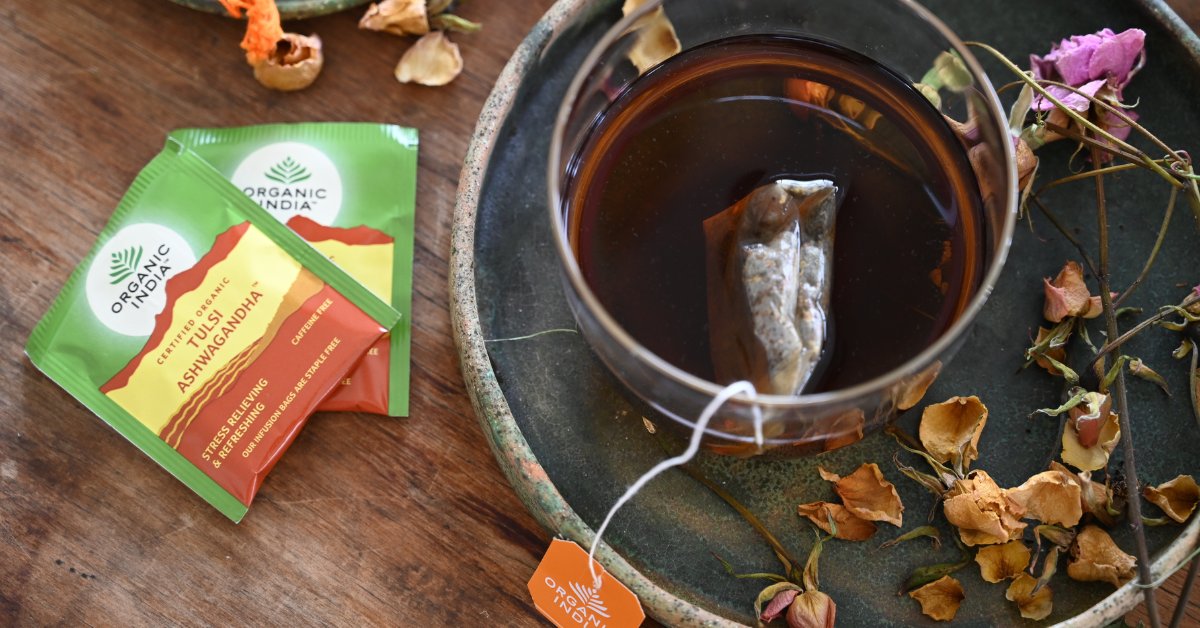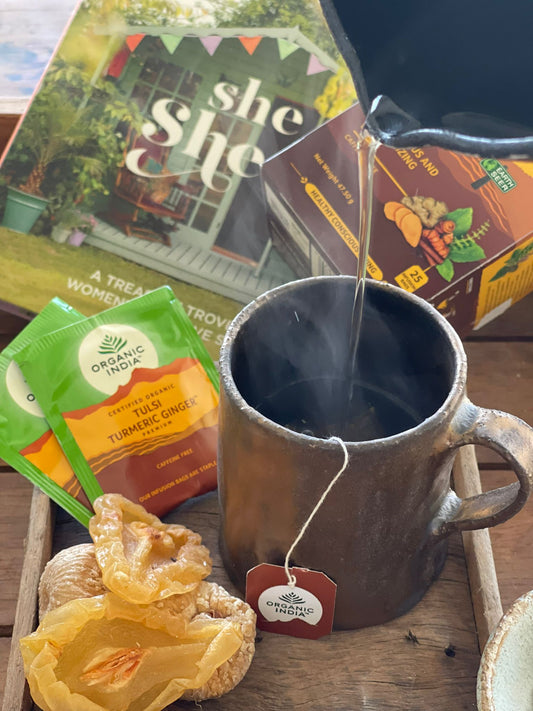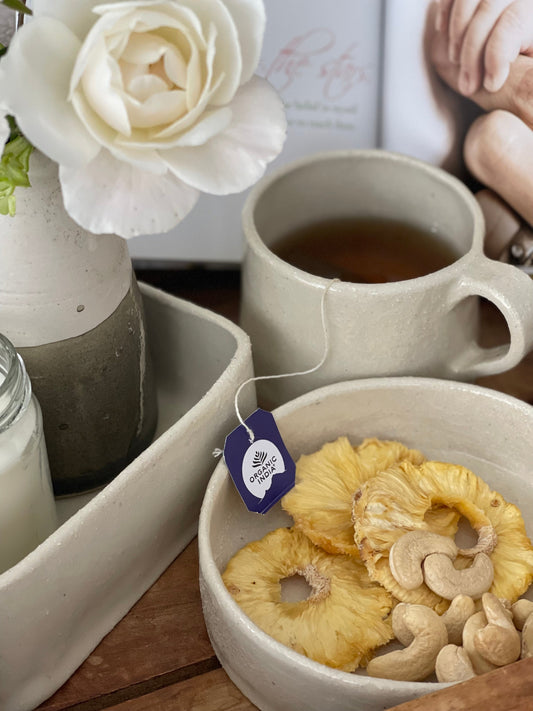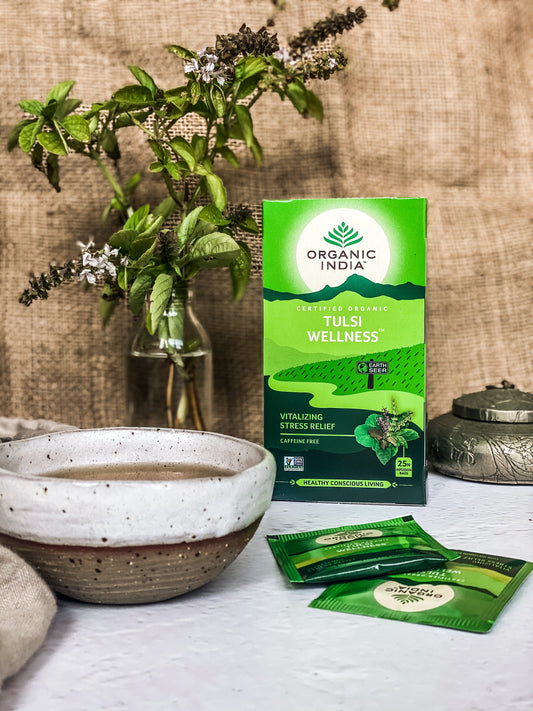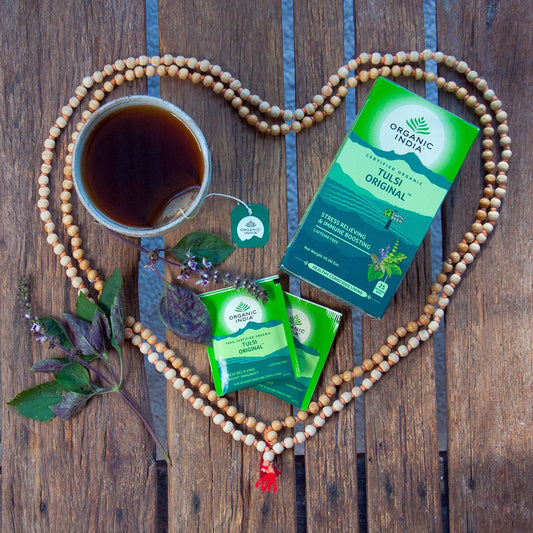There are certain things we like to catch – attention, a break and a kiss blown to us from our child. But a cold? No thanks. With over 200 different strains of the cold virus and 3 for influenza it’s no surprise that the average adult gets at least one cold per year (it’s more for children and the elderly). Our best chance of preventing colds and reducing effects? A healthy regime filled with immunity boosting, antioxidant-rich nutrients.
Here are ten foods that are worthy of a place on your plate to help prevent a cold and flu:
1. FENNEL
Until now you’ve probably showcased fennel’s aniseed taste as an ingredient in warm and cold salads. Nonetheless, fennel serves another, equally useful purpose. With a high count of antioxidants and anti-inflammatories, the vegetable is highly regarded for treating the symptoms of the common cold. In particular, its expectorant qualities alleviate persistent coughs and clear chestiness.
To fight a cold and flu: Although you can eat fennel raw or roasted to gain the optimum results (in a medicinal sense) use fennel seeds. You can make a deliciously warming tea by steeping 1.5tsp of fennel seeds in hot water for about 10 minutes. After steeping, strain the seeds and sip the brew.
2. GARLIC
Adding garlic to your diet means you’ll be topping up with antioxidants, ones that counterbalance any fears of smelly breath (tip: try parsley as similar herbs & seeds as a natural way to downplay garlic breath). In regions such as the Mediterranean, where garlic regularly features in the diet, life expectancy rates are greatly increased.
The health benefits of consuming garlic have been noted throughout history. Louis Pasteur, the microbiologist responsible for discovering the pasteurisation process, recorded how bacteria died when coated with garlic. Today scientists are still examining our bulbous friend and discovering new benefits. Recent population studies even show an association between garlic consumption and a reduction in cancers.
In terms of cold and flu, allicin, the compound that occurs when you chop or crush garlic, has high anti-viral properties. As allicin is only created when garlic is chopped or crushed you need to manage how and when you eat it. To gain the best antiviral nutrients you need to eat it raw, organic and pretty much as soon as you’ve chopped or crushed it (the finer the better). Do not be tempted to cook up your garlic (at least not for the purpose of fighting cold bugs) – the cooking process depletes the active compounds and microwaving completely destroys them.
To fight a cold and flu: If you think you can handle it, try sucking a clove of garlic like a lozenge. Suck for about 15 minutes to get all the antiviral properties. Alternatively, chop or crush garlic finely and mix with honey. Either spoon it straight into your mouth or spread on toast. That cold won’t know what hit it.
3. GINGER
Ginger root is a powerful yet natural anti-viral. Gingerols and shaogals in the ginger root are highly potent antioxidant compounds that can fight the bacteria associated with rhinoviruses (the ones most commonly associated with colds). Ginger also contains antihistamine and decongestant qualities that can clear a stuffy nose and ease a congested chest. Flu sufferers will benefit from ginger’s ability to cleanse systems and lower temperatures (commonly experienced with the flu).
To fight a cold and flu: Ideally you’ll use fresh and organic ginger as that will have the most antioxidants. Either chop or grate the ginger and steep in hot water for 10 minutes before straining. Add garlic and lemon to the mix to ramp-up antioxidant levels. You can also add a daily dose of ginger from ginger-inspired everyday teas:
4. TURMERIC
Currently claiming a lot of praise in the medical world, turmeric, the yellow spice often used in Indian food, has many health-enhancing properties. It’s actually the compound in turmeric called curcumin that is responsible for its antiviral, antifungal and antibacterial properties. Clever old curcumin aids the body’s electrons, creating antioxidants to fight bacteria and disease. Studies (1) show that curcumin can prohibit 90% of viral replication in cells infected with influenza. So impressed are scientists with curcumin’s bug-busting abilities that it is being considered as an affordable, but highly effective, weapon to contain flu pandemics.
And while talk of turmeric’s rightful place in our medicine cupboard is fairly new, it has been used in Ayurvedic medicine for centuries, in particular for the treatment of respiratory infections.
To fight a cold and flu: Take 1.5tsp of turmeric and mix with water and a little milk to make a soothing gargle. ORGANIC INDIA offers a new product to Australia, Tulsi Turmeric Ginger tea, found here.
5. HONEY
The sticky stuff is so incredibly sweet and tasty that it definitely seems more of a treat than a ‘treatment’. However, honey has staggering amounts of antioxidants due to its high levels of phytochemicals. Researchers at Jahrom University of Medical Science in Iran found that whilst honey can’t stop a cold or flu, it can reduce the length of the virus by up to two days. Other research (2) also suggests that honey works particularly well as a cough suppressant for children over one-year-old (and let’s face it, there’ll be a lot less complaining about taking a spoonful of honey than a potent cough syrup).
To fight a cold and flu: For optimum results, try to source raw, organic honey – your local farmer’s market is a good starting point. Why? Honey in its purest form contains the most antioxidants and natural immune-boosters.
6. CINNAMON
Made from the inner bark of the Cinnamomum tree, the culinary spice has a plethora of antioxidants in the form of polyphenols making it worthy of its ‘superfood’ status. Cinnamon is renowned for its anti-inflammatory properties that help to fight infection and can be used in combination with ginger or garlic to lessen cold or flu symptoms. It has a pleasant, warming quality that can help to stimulate circulation and offer relief to aching joints, a common symptom with colds and influenza.
To fight a cold and flu: For the best results mix ¼ teaspoon of cinnamon (Ceylon is believed to contain more nutrients) with a teaspoon of raw, organic honey.
7. LEMON
This citrus fruit is jam-packed with Vitamin C, or ascorbic acid, and is known to support the body’s immune system, creating antioxidants which attack illness-causing free radicals. Although our bodies can produce some antioxidants Vitamin C isn’t one of them so we need to digest it either as a food or a supplement. Lemon, particularly in the juice form, is a great choice.
In 2013 the Cochrane Database of Systematic Reviews (3) worked through a collection of research to summarise the effectiveness of Vitamin C in the treatment of cold viruses. The researchers found previous claims, proposing that Vitamin C could cure a cold, were unfounded but that there was a link between taking the vitamin and shortening the duration of cold and flu symptoms.
To fight a cold and flu: Squeeze fresh lemon juice into a cup and mix with some water. Dentists recommend that you drink it using a straw to prevent damaging teeth.
8. CHICKEN SOUP
Thought the adage about ‘chicken soup for a cold’ was an old wives’ tale? Apparently not. According to the American Journal of Therapeutics the soup works wonders because it contains carnosine, a compound with antioxidant-like properties that fight flu. There’s just one problem – it stops working once it leaves your body, so you need to keep topping up.
The soup’s efficiency is also put down to the fact that it raises the temperature in the patient’s nose and throat making it an inhospitable breeding ground for cold and flu causing viruses. But equally as likely, if not medically proved, is the emotionally satisfying quality of a homemade soup (it has to be homemade; the shop-bought cans will not have the nutrients).
To fight a cold and flu: Make your own chicken soup. There are thousands recipes online to choose from. Be sure to include homemade bone broth and bolster the antioxidants by including herbs and spices.
9. ONIONS
If you really know your onions you’ll know that they’re in the same family as garlic and are, therefore, high in antioxidants and antimicrobials. Onions are particularly useful when it comes to clearing the sinuses, often blocked with colds. Red onions contain high doses of the antioxidant flavanoid quercetin, which inhibits the production of histamine. So when you’re eating onions, think red.
To fight a cold and flu: Best eaten raw and organic you can add sliced onions to sandwiches, soups and salads. If plain, raw onion is unappealing; you can thinly slice red onions and cover them in raw honey to take off some of the ‘bite’. Leave the honey-soaked onions in the refrigerator overnight and eat alone or add to a meal.
10. BLUEBERRIES
Berries in all their different colours, shapes and sizes are packed-full of antioxidants but the blueberry is king. In studies the blueberry came out as having more antioxidants than 40 other fruits and vegetables. It’s the berry’s high level of the flavanoid anthocyanin that makes it particularly stand out. The flavanoid is thought to bind itself to some cold and flu viruses, blocking them from infecting other cells. As with all fruit and veggies, you’ll get the most nutritional benefits from them if you eat them raw and organic. However, being a seasonal fruit, you may have to opt for frozen (still a better choice than cooked).
To fight a cold and flu: Try adding berries to your cereal or snacking on them during the day. You can make a throat-soothing smoothie with frozen berries.
